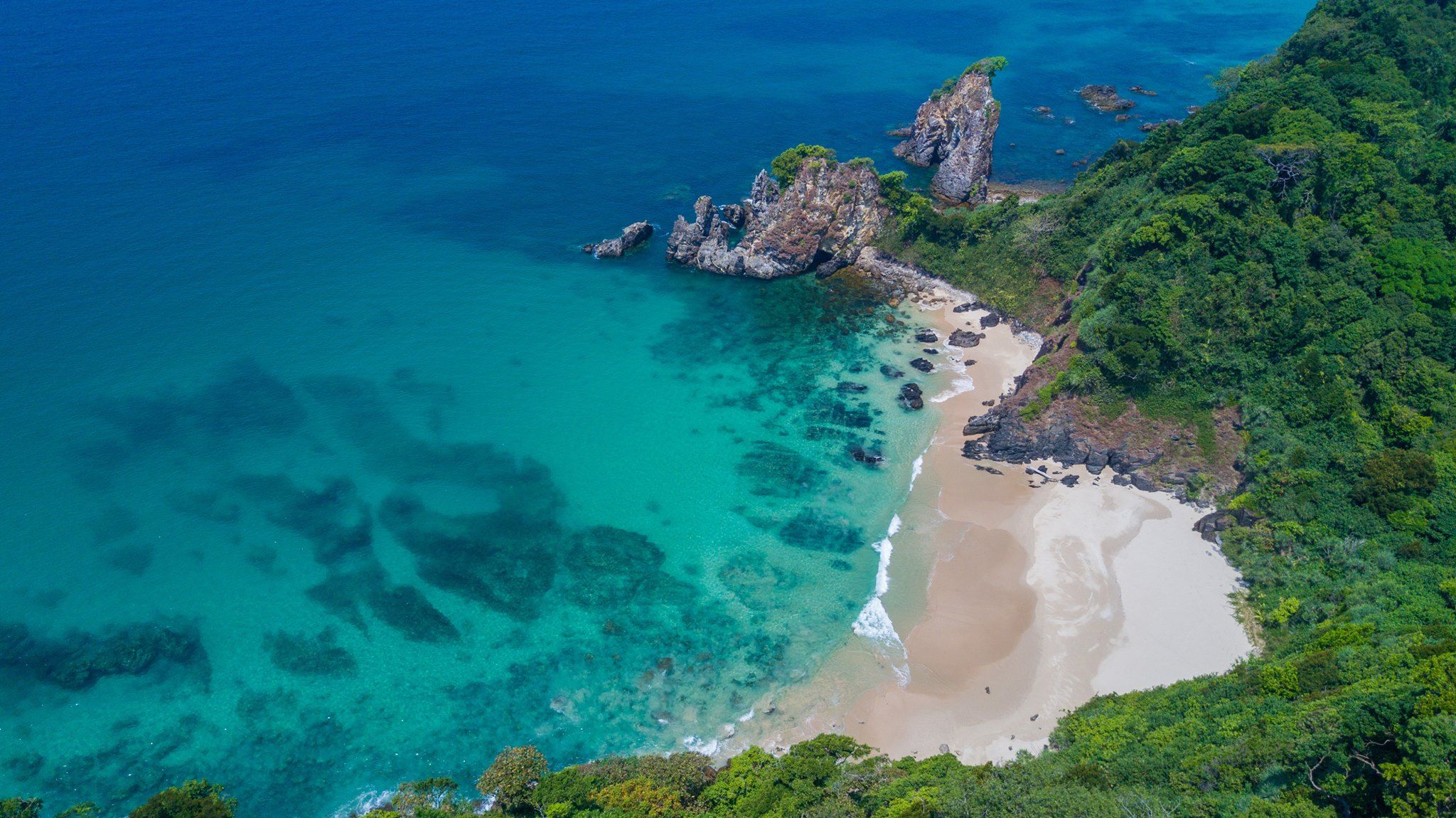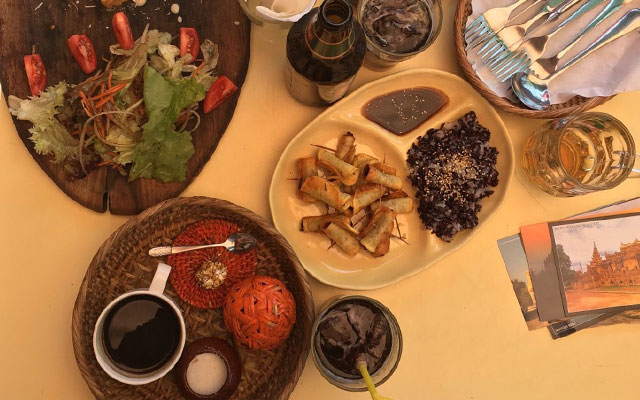Myanmar Culture

Myanmar own the long and rich cultural which runs through the nation’s long and rich history, with Buddhist architecture the most dazzling example of this nation’s creativity.
Myanmar’s relative isolation that has helped preserve its culture; the country remains more untouched by modernity keep Myanmar is a mysterious country.
The Burmese culture has been heavily influenced by Buddhism. Also, it has been influenced by its neighbors as Thailand, India and China as well as British colonial rule.
Table of Contents
1. Religion
Buddhism is the main religion in Myanmar (89% of population). It has a great influence in life of Burmese people. Monks are respectful throughout the country. Buddhist pagodas, temples and monasteries can be found everywhere from small villages to major cities. Most of the festivals are related to Buddhism. In any town or village, the pagoda festival is the most important one.
There is also a very important ceremony for Myanmar people called shinbyu. It marks the event of a young boy being a monk in a short period of time. According to Burmese culture, people want their children to enter the temple and become a monk. They believe the child will get luck and the family will be blessed in life.
There are also significant minorities of Christians and Muslims as well as some Animists and Hindus. All Burmese citizens are free in belief. Although they follow different religions, the people still live in peace.
2. Burmese Language
Burmese is the official language of Myanmar, linguistically related to Tibetan and Chinese. It is written in circular and semi-circular letters, derived from the Mon character. The alphabet is an imitation of the Mon character which evolved from the male Indian character in the 700s. Burmese characters used to write Pali, the sacred language of Theravada Buddhism. They are also used to write many other minority languages, including Shan, Karen and Kayah (Karenni).
English is an important foreign language in Myanmar. It is taught as a secondary language in schools across the country.
3. Myanmar Cuisine
Myanmar cuisine is heavily influenced by Indian, Chinese, Thai, and ethnic minorities. The main dish in Burmese cuisine is steamed rice. It will be served with a curry, stir fried dishes, soup, fresh or boiled vegetables to go with a salty dish, almost invariably a curried sauce of pickled fish.
Noodles and bread are also common dishes. Mohinga, often considered the national dish of Myanmar, consists of curry-flavored catfish broth and green bean flowers, vermicelli and fish sauce. The tropical fruits are often used as desserts. Major cities offer a wide variety of cuisines including Shan, Chinese and Indian.
4. Dance & Music
Dance in Burma can be divided into several forms: dramatic, folk, village, and nat dances. Each form has distinct characteristics. Although Burmese dance was influenced by its neighbours, it retains unique qualities including angular, fast-paced and energetic movements and emphasis on pose, not movement.
Traditional dance cannot be separated from music. Various types of Burmese music use an array of traditional musical instruments like gongs, drums, hne (reed pipe), wa (clapper and bell), etc. They are often incorporated into an orchestra, called hsaing waing.
There are some places to enjoy traditional dance: Karaweik Palace in Yangon, Darandee show in Bagan, Mintha theatre in Mandalay.
5. Myanmar Festivals

The parade in Mawlamyine Myanmar
Myanmar has numerous festivals which are taken place all year round and most of them are related to Buddhism. The most well-known festival is Thingyan, a four-day celebration of the coming Lunar New Year. This festival is held prior to the Burmese New Year, the first day of Tagu which falls in mid-April. In this special occasion, people splash water on one another. The Burmese people think that splashing water on each other helps them to wash away the dirt and bad luck of the old year. However, Thingyan is originated from the Buddhist version of a Hindu myth.
Waso festival is taken place to mark the beginning of Buddhist Lent. The Buddhist Lent season is recorded on the Myanmar calendar as three months of rainy season, starting from the fourth month of Burmese calendar (Waso month). It is equivalent to the period from July to October. During that time, activities such as vegetarianism, marriage, and house moving are often postponed.
Besides, there are other important festivals as Festival of Lights (Thadingyut), Hot air balloon festival (Tazaungmon), Shwedagon pagoda festival….
6. Burmese Traditional costume

Colorful dress of local at five-day-market in Inle Lake
Unlike many places in the world wearing T-shirts and jeans, Burmese people still prefer traditional costume which is known as longyi. A longyi is a sheet of cloth which is approximately 2 meters long and 80 centimeters wide. The cloth is often sewn into a cylindrical shape and running down to the feet. It is worn by wrapping and knotting around the waist.
Longyi worn by men is called paso. To wear it, they make a fold on either side in front and tied by tucking them together at the waist just below the navel. Paso is generally stripes or checks apart from plain colours and may be worn upside down or inside out with no difference.

Longyi of Myanmar men in Mandalay
Longyi worn by woman is called htamein. It has a black calico band for the waist. It can be more multicoloured and floral patterns, too. They are worn wrapped around with a single broad fold in front. The end tucked in on one side or folding back at the hip and tucking into the opposite side of the waist, usually topped with a fitted blouse worn just to the waistband.
Longyis are generally sold unsewn but nowadays they are available ready to wear; htameins may even be sewn like Western skirts.
7. Lifestyle
Greetings
The common formal greeting in Burmese is “Min-ga-la-ba shin” (said by a woman) or “Min-ga-la-ba khin-bah” (said by a man). Both of these sayings mean ‘Hello’.
Age is very much respected in Myanmar, and this is also reflected in the national attitude.. Names are preceded by a suitable title. It is considered rude to call a person just by their name unless they are close friends or younger people.
• U – Adult males (from younger to their seniors)
• Daw – Adult females (from younger to their seniors)
• Ko – Younger males (most commonly used)
• Ma – Younger females (most commonly used)
The traditional greeting in Myanmar is a bow whilst placing both hands on your stomach. Often younger people will bow and an older person will simply nod in response. A handshake is considered an acceptable form of greeting.
To greet monks, place your hands together in prayer position, hold them at face level and bow deeply.
Naming
Myanmar people do not have surnames or family names. Burmese name typically includes two to three syllables with spaces in between. Traditionally, one name starts with a letter that corresponds to the person’s time and date of birth. Some families consult an astrologer to choose an appropriate name for their child. Most of words in Burmese name have a pleasant meaning: e.g. Hla (pretty) or Aung (successful).
Family members do not necessarily have any names in common. It’s also not uncommon to change names. People who have bad luck will sometimes change their name in hopes of changing their fortune. Nicknames are common in Burmese culture.
Thanaka
Thanaka is the name of a slow-growing tree that grows in the arid central parts of Myanmar. In Myanmar, you will see many people, mainly women cover their faces and arms in a yellowish paste. It is a traditional way of Burmese people to protect their skin under sun. The eponymous paste is made from grinding the tree bark against a flat, wet stone and then applied to the face. You can buy Thanaka tree barks in any market in Myanmar. Thanaka powder is also available for sell so that you can simply bring home.
Betel chewing

Betel nut in Myanmar
In Myanmar, visitors can easily see people eating betel as an indispensable snack anytime and anywhere. You will see many stalls selling betelnut on the streets.
Betelnut consists of diced areca nuts and a betel leaf which is applied it with a thin layer of lime, sprinkled of tobacco and rolled up. Betelnut has a similar effect as caffeine, and stains teeth red. Chewers store betelnut between their gum and cheek, much like chewing tobacco, and then spit as they chew. Burmese men chew betel nut more than women.
Tea
Tea has an important role in daily life of Burmese people. Burmese people love to drink tea or eat tea leaf salad, one of the country’s special foods. People often drink tea after meals or in leisure time. When you visit a Burmese house, the owner used to entertain guests with tea. Tea houses can be found in every city, town, and large village. These establishments are important for social gathering.
8. Cultural notes for travelers
• When visiting temples and Buddhist religious sites, tourists must leave hats, shoes and socks before entering. Shorts, tank top are not allowed. Skirts, dresses and pants must be over knees long.
• In pagodas and temples, there may be some areas where women are not allowed to come inside. Please pay attention to the notice signs.
• Respecting monks, nuns and senior people. Visitors should not shake hands, but clasp their hands to greet the monks.
• Do not point the finger at people or Buddhist images’ leg. It is considered as impolite activity.
• Burmese people consider the crown of their heads as most respectful part, so don’t touch their heads, even a child.
• Avoid to use left hand. It shows the disrespect to the opposite person. You should use your right hand or both hands when you want to give something to Burmese people.
• Ask permission of the person or visited sites you want to take a photo.
• Visitors need to find out the regulations on the time and place to be photographed, if any, so
• According to Myanmar culture, shoes need to be removed before entering a home. Greetings with a smile is a common practice in Myanmar culture. When visiting rural and mountainous villages, visitors should learn in advance and show respect for local traditions and customs.


















